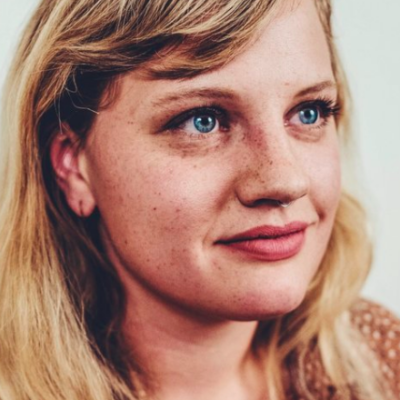Writing Place in Creative Nonfiction
with Tess Fahlgren

In Creative Nonfiction, “place” moves way past setting, and becomes a character in itself—an atmosphere that dictates the narrative. In this course, you will learn to embody the many aspects of a specific place in your own Creative Nonfiction writing. You will deeply explore a narrative and a place of your choosing as you make weekly progress on your essay or memoir project.
As with all writing, place is in the particular: climate, flora and fauna, people, architecture, and culture. From Joan Didion to Pete Fromm, from nature to industry, city and country, the stories we tell exist in places deserving of thoughtful, creative exploration.
In response to readings and conversation on place, you will write up to 1,000 words weekly, in writing exercises that will be building blocks of a larger essay. Please come to class with an idea of the place you are writing or would like to write about. Each exercise will receive comprehensive feedback from instructor Tess Fahlgren, as well as from fellow participants.
Learning and Writing Goals
In this course, you will:
- Become skilled at embodying a specific place through Creative Nonfiction writing.
- Develop creative research ideas that will diversify the way they think and write about the environment.
- Read and discuss place-based Creative Nonfiction by established authors.
- Develop a rigorous writing practice by writing 1,000 words per week.
- Write a creative, unique piece of creative nonfiction at least eight pages in length that explores place through narrative.
- Achieve a personal goal you will set at the beginning of the course to explore a narrative and place of your choosing.
Zoom Meeting Schedule
Weekly Zoom sessions will be held on Thursdays from 5-6:00 PM MST starting May 26, 2022.
Place-Based Creative Nonfiction
Week 1: “Where I’m From”
In this first class we will get introduced to place-based writing and spend the week journaling to loosen up. This week’s journal writing prompts are designed to help you share your personal journey of defining and exploring the meaning of sense of place.
Week 2: Natural Environment
Place-based writing is often thought of as ecological or environmental in nature, and some of the most well-known examples do focus on the natural environment. How can you influence your readers’ experience of nature through language? And what tools do we have for differentiating one specific environment from another, without relying on cliche?
Week 3: Un-natural Environment
Suburbs, malls, skyscrapers, sidewalks — place-based writing isn’t just for trees and soil. For this week we will explore the manufactured, the industrial, the “unnatural” environments that (let’s face it) we spend most of our time.
Week 4: The Faceted “Place”
From what angles can we view “place”? How many different perspectives are there on a singular place, and what can we do to access them? This week we will utilize research to understand the place of our choosing from as many angles as possible — history, industry, geology, weather trends, animal population, birth rates, average income — the more creative, the better.
Week 5: Highlights and Review
For the final week we’ll review the past few weeks and students will be asked to share the writing they feel best about. We’ll look at publication options for place-based CNF, and discuss how the lessons we’ve learned can be applied to future writing.
Student Reviews
Student Feedback for Tess Fahlgren:
Tess was smart, kind, encouraging, and knowledgeable. I thought she was great. She gave good feedback. I appreciated her sharing information about publishing with us. Carol Severino
"Tess is warm, supportive, helpful, and overall a wonderful teaching mentor."
"I think the biggest thing that helped my learning, especially in a creative writing course like this, she made sure that we kept trying and writing and pushing ourselves and pursuing what we were interested in. The diversity of assignments allowed each of us to explore and develop our own writing styles, as well as challenge ourselves."
"Tess assigned very engaging readings and provided amazing feedback on short stories."
“Tess brought a passion and creativity to class that made learning exciting and engaging.”
"The most helpful thing was how adaptive and fluid the assignments were, without much pressure to follow overly specific instructions. It felt open and welcoming, like a creative writing class should. There was a sense of community that was built because of the more loose teaching style, a great environment for creative expression."

